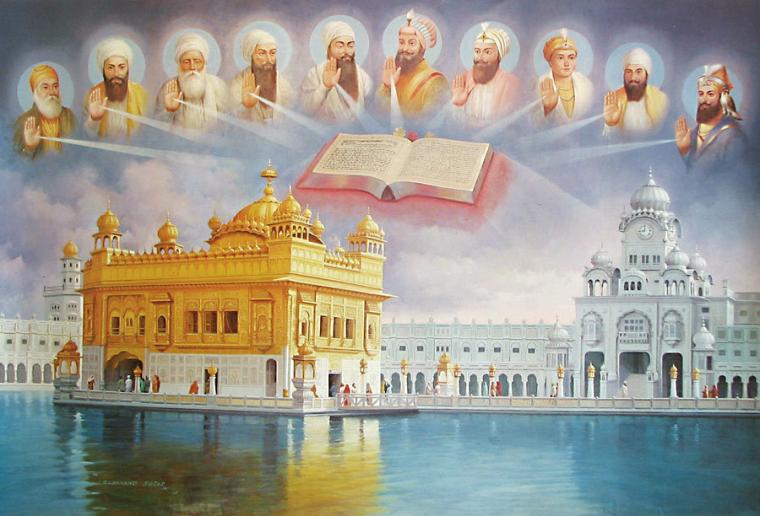The Journey of Ramaswamy Naicker to Periyar
Early Life of Ramaswamy Naicker
Ramaswamy Naicker was born on September 17, 1879, in Erode, Tamil Nadu. He belonged to a wealthy family of Balijas, a caste considered as trading and landowning in Tamil Nadu. Despite having limited formal education, he was deeply influenced by the traditional Tamil and Hindu values of his family and community. As he grew older, Ramaswamy began questioning the rigid caste system and its social inequalities, especially the discrimination against the so-called “lower castes” or Dalits.
Entry into the Indian National Congress
In the early 20th century, the Indian National Congress was the primary political platform fighting for India’s independence from British rule. Ramaswamy Naicker joined the Congress Party in 1919, inspired by Mahatma Gandhi’s philosophy of non-violence and the nationwide movement for self-rule (Swaraj). He was particularly active in the Congress campaigns against British exploitation and became a key figure in the party’s activities in Tamil Nadu.
However, Ramaswamy Naicker’s thoughts were not limited to the idea of political independence. He saw that Indian society itself was deeply divided by caste and religion. He believed that fighting British rule alone would not be enough if social reforms were not achieved within Indian society.
The Vaikom Satyagraha of 1924
In 1924, a significant event called the Vaikom Satyagraha took place in Kerala, which played an important role in Ramaswamy Naicker’s transformation into “Periyar.” The Vaikom Satyagraha was a movement aimed at allowing lower castes, particularly the Dalits, to use public roads around the Vaikom Mahadeva Temple, which had been restricted to upper-caste Hindus. This movement was part of the broader struggle against caste-based discrimination.
Ramaswamy Naicker actively participated in the movement and led several protests. The Satyagraha was eventually successful in its goals, and the temple roads were opened to the lower castes. This victory was a turning point for Naicker, as he realized the power of direct action in breaking caste barriers.
Congress and Caste-Based Discrimination
Despite the success of the Vaikom Satyagraha, Ramaswamy Naicker became increasingly disillusioned with the Congress Party. One of the key reasons for this disillusionment was the Congress’s lack of firm action against caste-based inequalities. While Mahatma Gandhi and other leaders were committed to uplifting the lower castes, Naicker felt that the Congress was too focused on political independence and not doing enough to address social reforms.
In 1925, during a session of the Indian National Congress in Tamil Nadu, Naicker was upset by the party’s inability to challenge the caste system within its own ranks. He felt that the Congress leadership was unwilling to push for radical changes that could disrupt the dominance of upper-caste Hindus. Naicker, who had by then become more radical in his approach, believed that the struggle for social equality was more urgent than the fight for political independence.
Periyar’s Break with Congress
Ramaswamy Naicker resigned from the Congress Party in 1925, publicly expressing his disappointment. He believed that the Congress, despite its talk of unity and independence, was not ready to challenge the caste system and social inequalities that plagued Indian society.
After leaving the Congress, Naicker became more deeply involved in social reform movements aimed at dismantling caste discrimination, religious superstitions, and patriarchy. He believed that religious traditions and the Brahmanical hierarchy were the root causes of social oppression. To emphasize his commitment to these causes, he started using the title “Periyar,” meaning “respected elder” or “great one.”
Formation of the Self-Respect Movement
In 1925, Periyar founded the Self-Respect Movement (Suya Mariyadai Iyakkam). The movement was aimed at creating a society where people could live with dignity, irrespective of their caste, religion, or gender. Periyar’s Self-Respect Movement campaigned for social equality, rationalism, and the abolition of the caste system.
Periyar’s movement gained immense popularity, especially among the lower castes, as it directly confronted the Brahmin-dominated social order. He promoted inter-caste marriages, women’s rights, and challenged religious rituals that he believed perpetuated inequality.
Periyar’s Legacy
By the time of his death in 1973, Periyar had become one of the most influential social reformers in South India. His work had a lasting impact on Tamil politics and society, inspiring future leaders and movements that sought to challenge caste and religious orthodoxy. The Dravidian movement, which rose to prominence in Tamil Nadu politics in the mid-20th century, drew heavily from Periyar’s ideas.
Though Periyar’s views were controversial and met with resistance from conservative sections of society, his commitment to fighting social inequality, particularly caste discrimination, remains widely recognized. He continues to be remembered as a revolutionary thinker who fought for the oppressed and marginalized sections of Indian society.
Conclusion
Ramaswamy Naicker’s transformation into Periyar was shaped by his experiences in the Congress Party, particularly during the Vaikom Satyagraha. His growing frustration with the Congress’s reluctance to address caste issues led him to leave the party and focus entirely on social reform. Periyar’s legacy as a champion of rationalism, equality, and anti-caste activism continues to influence contemporary Indian society and politics. His life is a powerful reminder that true freedom and justice require not just political independence but also social equality.




Jinx Manga I do not even understand how I ended up here, but I assumed this publish used to be great
Strands Hint Hi there to all, for the reason that I am genuinely keen of reading this website’s post to be updated on a regular basis. It carries pleasant stuff.